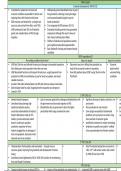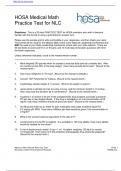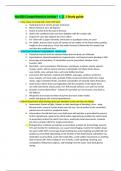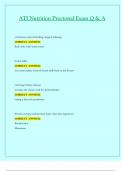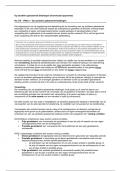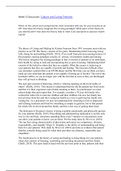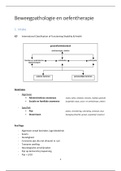Other
GDR in Depth (currently fixing format - don’t buy)
- Institution
- PEARSON (PEARSON)
Very detailed assortment of notes regarding the GDR - perfect for your Pearson Edexcel A-Level History exam! Covers pre-existing conditions/aims/what?, impact on people, impact on economy and impact on SED/government (all where relevant) for: economic developments; USSR’s reparations; 1st, 2nd a...
[Show more]
